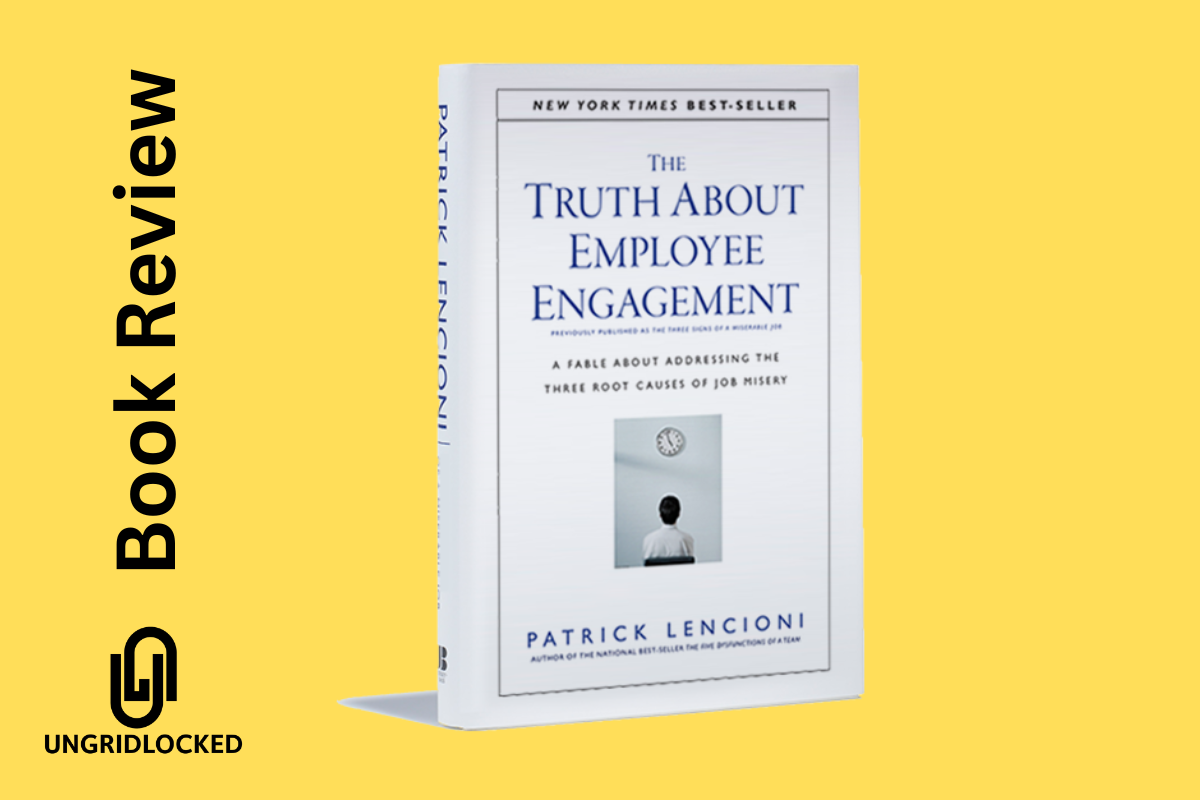Lencioni tackles the age-old question of why people hate their jobs through an easy-to-read business fable.
Forget complex frameworks and jargon – this book boils workplace misery down to three simple factors:
- feeling invisible (anonymity)
- feeling pointless (irrelevance)
- having no idea if you’re succeeding (immeasurement)
The story follows Brian, a retired CEO who buys a struggling pizza restaurant on a whim. As he works to turn the place around, he discovers that employee engagement isn’t about fancy perks or even competitive pay – it’s about addressing these three fundamental human needs.
Through Brian’s journey, we see how making employees feel seen, helping them understand their impact, and giving them clear success metrics can transform a workplace from soul-crushing to energizing.
The Brilliant Bits
The book’s genius lies in its simplicity. Through Brian’s story, Lencioni illustrates how these engagement problems show up everywhere, from fast food to Fortune 500 companies. The narrative approach makes complex organizational psychology digestible, and you’ll likely recognize your own workplace experiences in the story.
Whether you’re a CEO or a front-line manager, the book’s core message about human dignity in the workplace hits home.
The Missing Pieces
While Lencioni excels at diagnosing the problem, he’s lighter on practical solutions. The book demonstrates what good leadership looks like in a small pizza joint, but leaves readers to figure out how to scale these principles in larger, more complex organizations.
You’ll walk away understanding what needs to change, but might need additional resources to figure out the “how” – especially if you’re dealing with entrenched disengagement in your current company.
Bottom Line
This book is like a great diagnostic tool – it’ll help you understand exactly why your team (or you) might be struggling with engagement. The principles are universal and the storytelling is compelling. Just be prepared to do some additional homework on implementation strategies, particularly for larger organizations.
It’s an excellent foundation for any leader looking to create a more engaging workplace, but consider it the first step in your journey rather than a complete roadmap.
If you’ve read the book, what do you think? Were you able to take anything away successfully?

